- myFICO® Forums
- FICO Scoring and Other Credit Topics
- Understanding FICO® Scoring
- Re: 6% overall utilization.
- Subscribe to RSS Feed
- Mark Topic as New
- Mark Topic as Read
- Float this Topic for Current User
- Bookmark
- Subscribe
- Mute
- Printer Friendly Page
6% overall utilization --> 7 point bump
Is your credit card giving you the perks you want?
Browse credit cards from a variety of issuers to see if there's a better card for you.
- Mark as New
- Bookmark
- Subscribe
- Mute
- Subscribe to RSS Feed
- Permalink
- Report Inappropriate Content
Re: 6% overall utilization.
@NRB525 wrote:
Both post 4 and post 10 are asking first for the list of individual card utilization changes. The reference to timing is just casting a wide net for any sort of change reasons.
I take no issue with you asking about individual card utilization changes. The only thing I'm talking about here is you prying about age of accounts factors when SJ already made it crystal clear that those factors could not impact the score change, as the change came at the end of the month before the 1st. I think this is the 5th time now that I've tried explaining it to you, so let's just move on from it.
- Mark as New
- Bookmark
- Subscribe
- Mute
- Subscribe to RSS Feed
- Permalink
- Report Inappropriate Content
Re: 6% overall utilization.
@NRB525 wrote:Here is a recent sequence for my cards. The $451 change is taking a card over 50%. EX lost 21 points. Even with that, a few days later paying down another card from 19% to 8% increases EX by 5 points, getting some of those back even though a card just went over 50%. I see this sort of movement all month long.
That's actually more surprising to me than anything SJ has reported thus far in this thread. My understanding has always been that highest individual card utilization is what matters, so if you had a card at > 50%, I wouldn't expect your score to change at all in taking a different card from 19% to 8% unless doing so resulted in an aggregate utilization threshold-crossing. I've never tested this on my own profile, just highest individual card, so I'd definitely like to hear from others on it.
- Mark as New
- Bookmark
- Subscribe
- Mute
- Subscribe to RSS Feed
- Permalink
- Report Inappropriate Content
Re: 6% overall utilization.
@Anonymous wrote:
@NRB525 wrote:Here is a recent sequence for my cards. The $451 change is taking a card over 50%. EX lost 21 points. Even with that, a few days later paying down another card from 19% to 8% increases EX by 5 points, getting some of those back even though a card just went over 50%. I see this sort of movement all month long.
That's actually more surprising to me than anything SJ has reported thus far in this thread. My understanding has always been that highest individual card utilization is what matters, so if you had a card at > 50%, I wouldn't expect your score to change at all in taking a different card from 19% to 8% unless doing so resulted in an aggregate utilization threshold-crossing. I've never tested this on my own profile, just highest individual card, so I'd definitely like to hear from others on it.
You are right to be surprised by it. But what was submitted as evidence of it is not evidence of it; it was merely a string of MyFICO alerts, which as you know are not necessarily related to, and are usually not related to, the specific score update referenced in the alert.



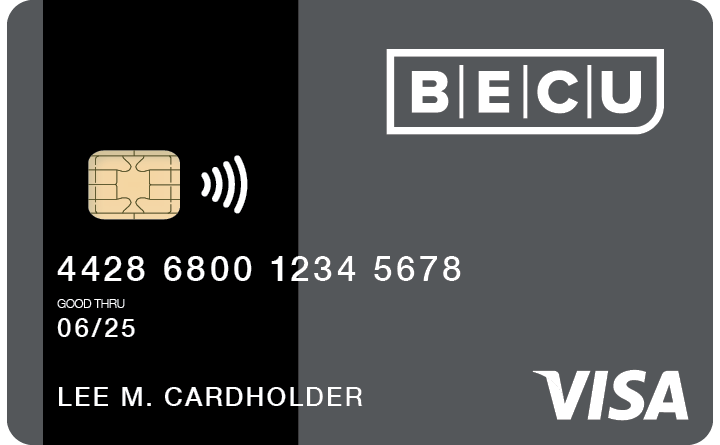




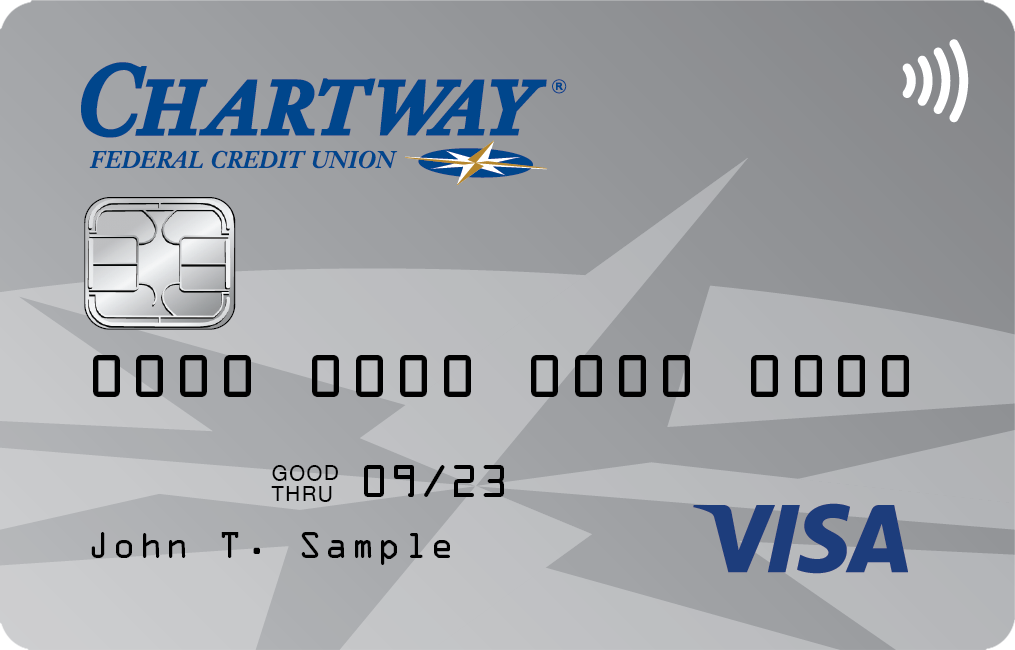


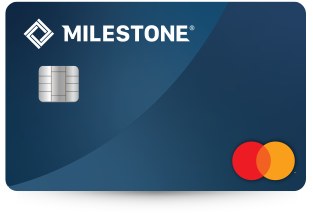


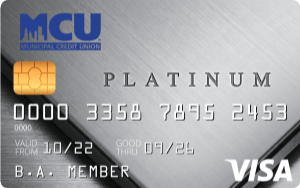


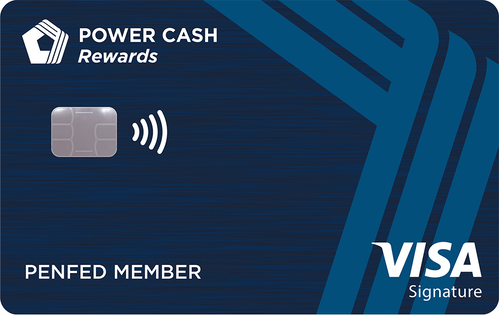


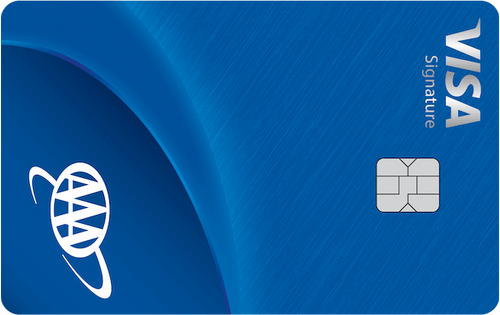

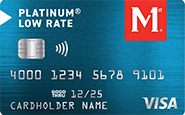
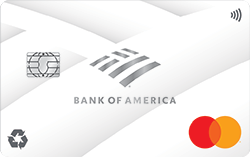


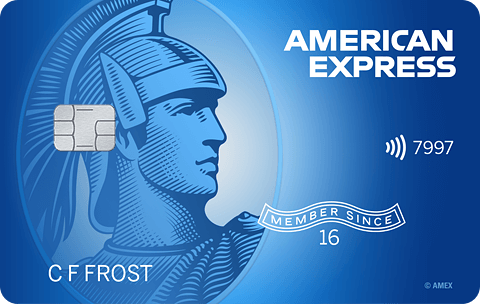




Total revolving limits 569520 (505320 reporting) FICO 8: EQ 689 TU 691 EX 682
- Mark as New
- Bookmark
- Subscribe
- Mute
- Subscribe to RSS Feed
- Permalink
- Report Inappropriate Content
Re: 6% overall utilization.
@SouthJamaica wrote:You are right to be surprised by it. But what was submitted as evidence of it is not evidence of it; it was merely a string of MyFICO alerts, which as you know are not necessarily related to, and are usually not related to, the specific score update referenced in the alert.
Yup, 100% true. I actually didn't even look at the alerts graphic attached for that reason and was just responding based on the claim by NRB525.
Has anyone other than NRB525 ever experienced a score gain from taking an individual card from above 8.9% to below 8.9% utilization while aggregate utilization did not cross a threshold AND also possessing at least 1 other card with greater reported utilization (say, 50%+)?
- Mark as New
- Bookmark
- Subscribe
- Mute
- Subscribe to RSS Feed
- Permalink
- Report Inappropriate Content
Re: 6% overall utilization.
@Anonymous wrote:
@NRB525 wrote:Here is a recent sequence for my cards. The $451 change is taking a card over 50%. EX lost 21 points. Even with that, a few days later paying down another card from 19% to 8% increases EX by 5 points, getting some of those back even though a card just went over 50%. I see this sort of movement all month long.
That's actually more surprising to me than anything SJ has reported thus far in this thread. My understanding has always been that highest individual card utilization is what matters, so if you had a card at > 50%, I wouldn't expect your score to change at all in taking a different card from 19% to 8% unless doing so resulted in an aggregate utilization threshold-crossing. I've never tested this on my own profile, just highest individual card, so I'd definitely like to hear from others on it.
I'm not sure how you could test it if you don't get updates from a monitoring service at the time those are received from the bureaus.
Oct 2014 $46k on $127k 36% util EQ 722 TU 727 EX 727
April 2018 $18k on $344k 5% util EQ 806 TU 810 EX 812
Jan 2019 $7.6k on $360k EQ 832 TU 839 EX 831
March 2021 $33k on $312k EQ 796 TU 798 EX 801
May 2021 Paid all Installments and Mortgages, one new Mortgage EQ 761 TY 774 EX 777
April 2022 EQ=811 TU=807 EX=805 - TU VS 3.0 765

- Mark as New
- Bookmark
- Subscribe
- Mute
- Subscribe to RSS Feed
- Permalink
- Report Inappropriate Content
Re: 6% overall utilization.
@SouthJamaica wrote:
@Anonymous wrote:
@NRB525 wrote:Here is a recent sequence for my cards. The $451 change is taking a card over 50%. EX lost 21 points. Even with that, a few days later paying down another card from 19% to 8% increases EX by 5 points, getting some of those back even though a card just went over 50%. I see this sort of movement all month long.
That's actually more surprising to me than anything SJ has reported thus far in this thread. My understanding has always been that highest individual card utilization is what matters, so if you had a card at > 50%, I wouldn't expect your score to change at all in taking a different card from 19% to 8% unless doing so resulted in an aggregate utilization threshold-crossing. I've never tested this on my own profile, just highest individual card, so I'd definitely like to hear from others on it.
You are right to be surprised by it. But what was submitted as evidence of it is not evidence of it; it was merely a string of MyFICO alerts, which as you know are not necessarily related to, and are usually not related to, the specific score update referenced in the alert.
That still leaves us back with your original score change question.
The only change documented with any potential to change score is the individual utilization making a big swing on one card.
Oct 2014 $46k on $127k 36% util EQ 722 TU 727 EX 727
April 2018 $18k on $344k 5% util EQ 806 TU 810 EX 812
Jan 2019 $7.6k on $360k EQ 832 TU 839 EX 831
March 2021 $33k on $312k EQ 796 TU 798 EX 801
May 2021 Paid all Installments and Mortgages, one new Mortgage EQ 761 TY 774 EX 777
April 2022 EQ=811 TU=807 EX=805 - TU VS 3.0 765

- Mark as New
- Bookmark
- Subscribe
- Mute
- Subscribe to RSS Feed
- Permalink
- Report Inappropriate Content
Re: 6% overall utilization.
@Anonymous wrote:
@NRB525 wrote:
Both post 4 and post 10 are asking first for the list of individual card utilization changes. The reference to timing is just casting a wide net for any sort of change reasons.
I take no issue with you asking about individual card utilization changes. The only thing I'm talking about here is you prying about age of accounts factors when SJ already made it crystal clear that those factors could not impact the score change, as the change came at the end of the month before the 1st. I think this is the 5th time now that I've tried explaining it to you, so let's just move on from it.
Yes, since I already stopped talking about age of accounts and month change overs, let's stop talking about it.
Oct 2014 $46k on $127k 36% util EQ 722 TU 727 EX 727
April 2018 $18k on $344k 5% util EQ 806 TU 810 EX 812
Jan 2019 $7.6k on $360k EQ 832 TU 839 EX 831
March 2021 $33k on $312k EQ 796 TU 798 EX 801
May 2021 Paid all Installments and Mortgages, one new Mortgage EQ 761 TY 774 EX 777
April 2022 EQ=811 TU=807 EX=805 - TU VS 3.0 765

- Mark as New
- Bookmark
- Subscribe
- Mute
- Subscribe to RSS Feed
- Permalink
- Report Inappropriate Content
Re: 6% overall utilization.
@NRB525 wrote:
...The only change documented with any potential to change score is the individual utilization making a big swing on one card.
As I have stated, the individual utilization change of 25% to 1% in one account, in the context of my profile, was a non-event. That is because it was not among the highest utilization accounts (there were 3 higher) and because there were 8 accounts >9%.
A week later, a similarly sized change upward, from 1% to 26%, in another account, didn't move the needle even a single point. Probably because the overall utilization stayed within 6%.
In my profile individual utilization changes up and down are always a non-event, unless they cross the 30% dividing line.































Total revolving limits 569520 (505320 reporting) FICO 8: EQ 689 TU 691 EX 682
- Mark as New
- Bookmark
- Subscribe
- Mute
- Subscribe to RSS Feed
- Permalink
- Report Inappropriate Content
Re: 6% overall utilization.
@NRB525 wrote:I'm not sure how you could test it if you don't get updates from a monitoring service at the time those are received from the bureaus.
Somehow you are not aware of $1 trials at CCT that can be done at any moment in time?
- Mark as New
- Bookmark
- Subscribe
- Mute
- Subscribe to RSS Feed
- Permalink
- Report Inappropriate Content
Re: 6% overall utilization.
@NRB525 wrote:That still leaves us back with your original score change question.
The only change documented with any potential to change score is the individual utilization making a big swing on one card.
SJ already explained earlier in the thread why the individual utilization on the card based on prior testing against his own profile constitues a non-event. He again reiterated this a couple of posts above, because like the age of accounts discussion pages back you either overlooked it or ignored it.
It's like if SJ next stated that he hasn't had any HPs in the last 1-2 years you'd then pose the question asking if he just had a HP on his Experian report become unscoreable reaching 365 days, possibly resulting in his 7 point gain.